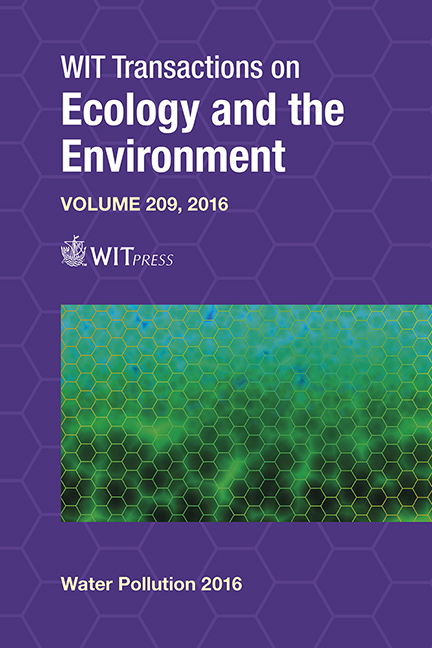Application Of Response Surface Methodology (RSM) In The Treatment Of Final Effluent From The Sugar Industry Using Chitosan
Price
Free (open access)
Transaction
Volume
209
Pages
11
Page Range
209 - 219
Published
2016
Size
878 kb
Paper DOI
10.2495/WP160191
Copyright
WIT Press
Author(s)
R. L. L. Pambi, P. Musonge
Abstract
The sugar industry contributes significantly to the economic growth of South Africa by creating jobs in the agricultural and industrial sectors. However, this industry discharges large amounts of effluent containing a high level of suspended and dissolved solids, which impart colour to the wastewater stream and add treatment cost. Chitosan, a natural polymer, has been used in the coagulation of impurities from the sugar refinery using the one-factor-at-a-time (OFAT) method. The results indicated the removal of total suspended solids (TSS) and colour of 87% and 76% respectively at the pH of 9. Response surface methodology (RSM) was used to maximize the efficiency of this coagulant according to the Box-Behnken design (BBD). The use of RSM was found to have several advantages in comparison to the OFAT, such as the identification of interaction, the use of statistical analysis that produce model equations for optimization and prediction of the behavior of a particular system. Furthermore, at the pH of 9, the BBD yielded TSS and colour removals of 99% and 90% respectively. This should be a motivation for an industrial researcher to deviate from the traditional OFAT especially in process optimization studies.
Keywords
Chitosan, coagulation, response surface methodology, sugar effluent





